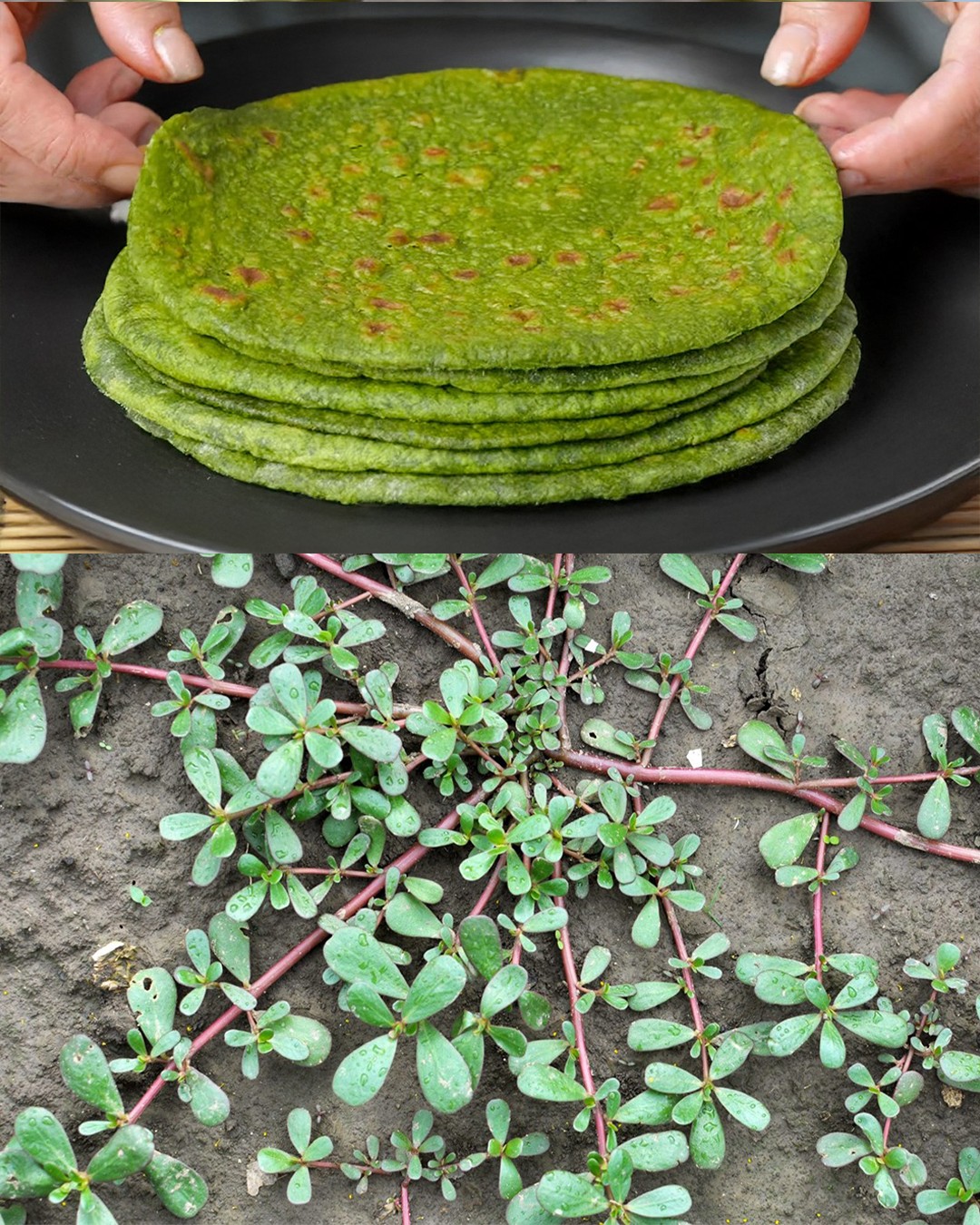Purslane: The Underestimated Superfood with Maximum Health Benefits
In the realm of overlooked superfoods, purslane quietly outshines many of its flashier counterparts. Often dismissed as an invasive garden weed, this succulent plant harbors a wealth of nutrients and bioactive compounds that rival—and even surpass—many store-bought greens. With its lemony tang, juicy texture, and astounding nutritional density, purslane deserves a central role in our diets and wellness routines.
What is Purslane? A Nutritional Overview
Purslane (Portulaca oleracea) is a drought-tolerant succulent found in gardens, driveways, and disturbed soils across the globe. But don’t let its common appearance deceive you. This plant is one of the richest plant-based sources of omega-3 fatty acids, particularly alpha-linolenic acid (ALA). In addition to its healthy fat profile, purslane delivers a potent combination of:
- Vitamins: A, B-complex, C, and E
- Minerals: Magnesium, potassium, calcium, iron
- Antioxidants: Glutathione, betalains, and carotenoids
- Amino acids: Including tryptophan, essential for mood regulation
- Melatonin: Promoting better sleep patterns
Its low-calorie and high-fiber profile further makes it ideal for weight management and metabolic health.
Top Health Benefits of Purslane
1. An Exceptional Plant-Based Source of Omega-3 Fatty Acids
Unlike most leafy greens, purslane contains up to 400 mg of omega-3s per 100g, mostly as ALA, which the body can partially convert into DHA and EPA. These fats are crucial for:
- Heart health
- Brain function
- Reducing systemic inflammation
- Lowering triglyceride levels
Vegetarians and vegans, who often lack direct sources of omega-3, can greatly benefit from incorporating purslane into their diets.
2. A Powerhouse of Antioxidants
Purslane is exceptionally rich in antioxidants, including:
- Vitamin C: Supports immune function, skin health, and iron absorption
- Vitamin A (via beta-carotene): Essential for vision and cellular repair
- Vitamin E: Protects against oxidative damage
- Glutathione: One of the body’s most powerful internal antioxidants
These compounds combat oxidative stress, which contributes to chronic diseases, premature aging, and cellular degeneration.
3. Natural Anti-Inflammatory Effects
Thanks to its omega-3 fatty acids, betalains, and flavonoids, purslane exerts notable anti-inflammatory effects. Regular consumption may help reduce:
- Joint pain and swelling
- Symptoms of arthritis
- Risk factors for chronic inflammatory diseases such as heart disease and diabetes
4. Skin-Enhancing Benefits
Internally and externally, purslane benefits the skin by:
- Promoting collagen production via vitamin C
- Speeding up wound healing
- Reducing skin irritation and redness
- Acting as an antibacterial and anti-aging agent
It’s increasingly found in natural skincare products and can be used in DIY face masks or topical rinses for clearer, more resilient skin.
5. Sleep Support Through Natural Melatonin
Unlike most greens, purslane contains natural melatonin, the hormone that regulates the circadian rhythm. Including it in your evening meals can help:
- Improve sleep onset
- Enhance sleep quality
- Regulate sleep-wake cycles
This makes purslane especially useful for people dealing with insomnia, jet lag, or shift work fatigue.
6. Cardiovascular Support and Cholesterol Management
Purslane’s nutritional matrix works synergistically to support cardiovascular health. The betalains help prevent oxidative damage to LDL cholesterol, which can clog arteries. Meanwhile:
- Potassium helps control blood pressure
- Magnesium supports heart rhythm
- Fiber helps lower bad cholesterol levels
7. Natural Mood Booster
Purslane contains tryptophan, a precursor to serotonin, the brain chemical that regulates mood, sleep, and appetite. Including this green in your meals can help:
- Combat depression and anxiety symptoms
- Regulate emotional health
- Support overall mental wellness
How to Eat Purslane: Culinary Uses and Recipes
Raw and Fresh
- Salads: Toss fresh purslane into green salads for a tangy, crunchy addition
- Smoothies: Add a handful to green smoothies for a nutrient-rich blend
- Juices: Pair with cucumber and lemon for a cleansing morning juice
Cooked Options
- Sautéed: Cook it with garlic, onions, and olive oil for a Mediterranean side
- Stir-fries: Adds texture and a slightly tart note
- Soups and stews: Thickens naturally while enhancing nutrient content
Innovative Recipes
- Purslane Pesto: Replace basil or spinach with purslane in your pesto recipes
- Purslane Pickles: Pickle its stems with vinegar and spices for a probiotic boost
- Tacos and Wraps: Use as a crisp topping to replace or complement lettuce
Pro Tips for Incorporation
- Harvest young leaves for the best flavor and tenderness
- Rinse thoroughly as purslane grows close to the ground
- Combine with other greens to balance the tangy profile
- Use in both raw and cooked dishes to retain the full range of nutrients
- Store in the fridge wrapped in a damp towel—it keeps fresh for several days
Can You Grow Purslane at Home? Yes!
Purslane is one of the easiest greens to grow, needing minimal water and care. It’s ideal for:
- Container gardening
- Windowsill pots
- Backyard patches
It thrives in warm, sunny environments and can be harvested multiple times throughout the season. Once established, it often reseeds itself, offering a continuous source of fresh greens.
Final Thoughts: Why You Should Start Eating Purslane Today
Purslane is far more than an ordinary weed—it’s a nutritional giant. Packed with essential vitamins, omega-3s, antioxidants, and plant-based compounds, this plant supports almost every system in the body, from the brain to the skin to the heart.
As the demand for plant-based superfoods grows, it’s time for purslane to receive its rightful spotlight. Its affordability, accessibility, and diverse health benefits make it an exceptional addition to any wellness-focused lifestyle.
Don’t overlook this backyard treasure. Start small, stay consistent, and unlock the potent health potential of this ancient green.
